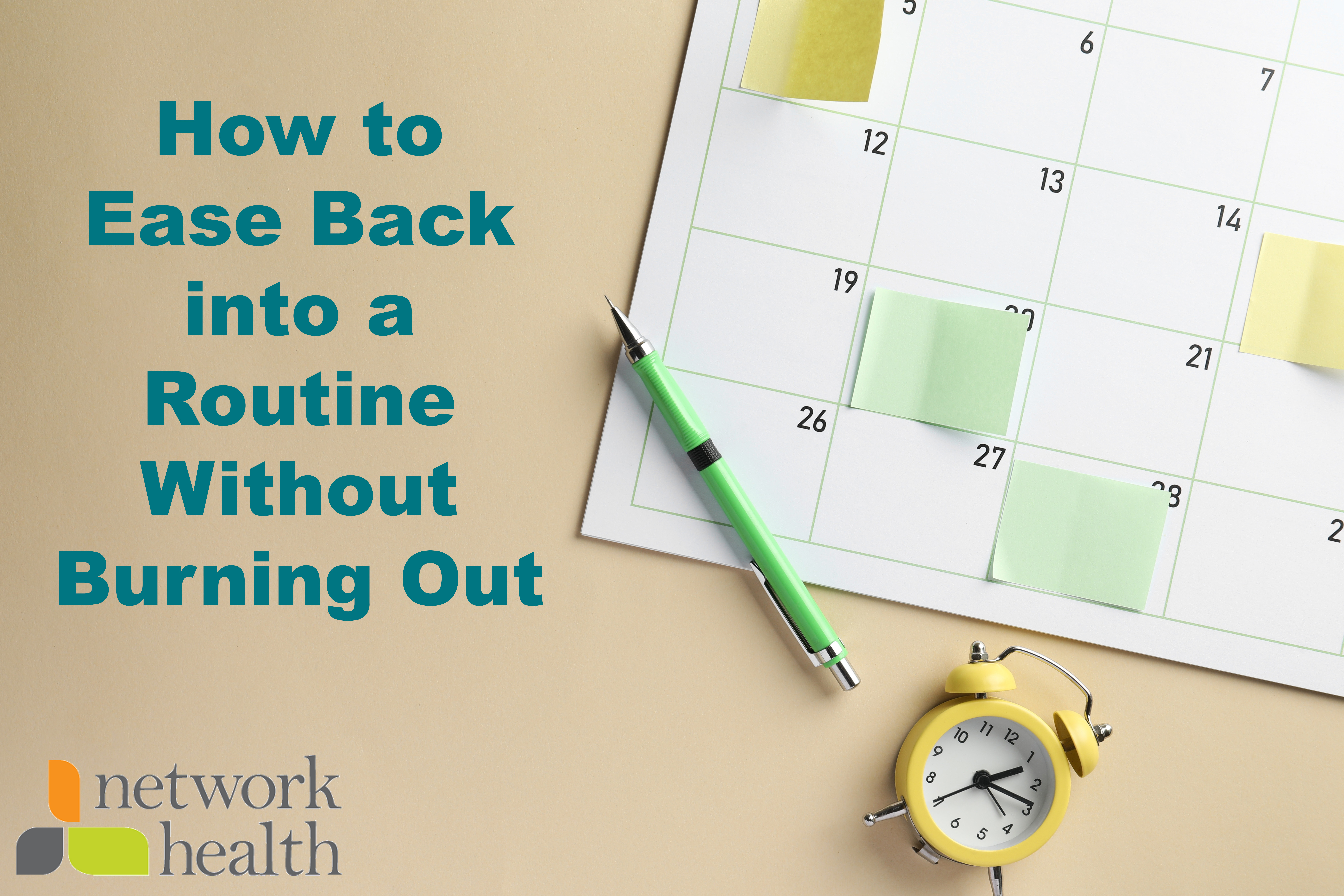Acupuncture: Is It Just a Placebo? Is It Safe?

By Heather Konrad RN, quality care coordinator at Network Health
Acupuncture is a procedure that intends to treat a range of bodily pain points and ailments through the insertion of needles into the skin, but does it actually work or is it nothing more than a placebo?
According to Mayo Clinic, there is evidence that suggests that acupuncture works best for people who expect it to work, so it’s not unreasonable to think there might be psychological factors at play. Still, there is evidence that points to acupuncture being an effective treatment beyond the placebo effect.
Acupuncture originated in traditional Chinese medicine and is an ancient practice based on the belief that the human body has more than 2,000 acupuncture points. These points are thought to be connected by pathways responsible for the flow of energy (Qi, pronounced “chee”) throughout the body. In this sense, the insertion of acupuncture needles in the right locations can rebalance this flow of energy.
Western medicine, which will be our focus on this page, looks at acupuncture differently. Western practitioners of acupuncture see these points in the body as areas where nerves, muscles and tissue can be stimulated. This stimulation is meant to help your body release its natural painkillers.
Possible Benefits of Acupuncture
This leads us to discuss the benefits of acupuncture. There are studies from the National Institutes of Health (NIH) that show acupuncture can be effective as the sole treatment or in conjunction with other therapies for some conditions. Those include the following.
- Addiction
- Asthma
- Carpal tunnel syndrome
- Fibromyalgia
- Headaches
- Low back pain
- Menstrual cramps
- Myofascial pain
- Nausea from surgical anesthesia and chemotherapy
- Osteoarthritis
- Pain from dental surgery
- Tennis elbow
How Do You Know If Acupuncture is Working?
After receiving an acupuncture treatment, it may not always be obvious that the treatment is working. Though many people find it to be helpful, the benefits from acupuncture can be difficult to measure.
That said, acupuncture can still be a controversial treatment within the framework of Western medicine. It’s important to understand that it isn’t for everyone, so if you have an interest in the benefits of acupuncture, discuss the details with your personal doctor first to see if acupuncture could work for you.
[Read more: Do Wellness Retreats Actually Work? Here’s What You Should Know]
Acupuncture Treatment FAQ
What should you expect when receiving an acupuncture treatment?
A typical acupuncture treatment will involve the insertion of 5-20 needles at strategic points of the body. The needles may be gently moved or twirled after placement. In some cases, heat or a mild electrical pulse is applied to the needles.
How deep do acupuncture needles go?
Depth of insertion may vary.
How big are acupuncture needles?
Acupuncture needles are thinner than a medical syringe. They are closer to the width of a human hair than the needles used for injections.
How long is an acupuncture treatment?
Duration of the treatment may vary, but once the needles are inserted, they are typically in place for 10-15 minutes.
Is acupuncture painful?
Pain from acupuncture is minimal, though slight discomfort in the form of aches or pressure is possible. Removal usually causes no discomfort.
Is acupuncture safe?
If you are receiving treatment from a certified acupuncture practitioner, the risk of complications is low. Common side effects include soreness, minor bleeding and bruising. Additionally, standard practice for acupuncturists is to use disposable needles, which minimizes infection risk.
Again, before receiving acupuncture treatment, we encourage you to consult with your personal doctor. If you are a Network Health member with questions about coverage for acupuncture or any other treatment, please call the member experience number on the back of your Network Health member ID card.



